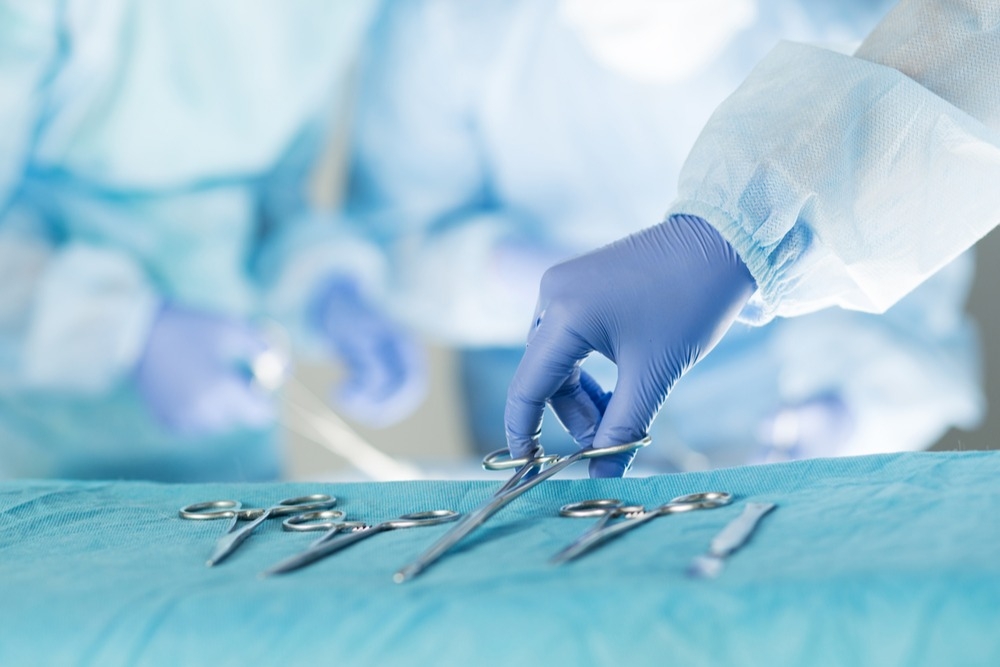A Patient’s Guide to Endovascular Aneurysm Repair (EVAR)
What is Endovascular Aneurysm Repair (EVAR)?
Endovascular Aneurysm Repair (EVAR) is a minimally invasive method to repair an abdominal aortic aneurysm (AAA). It is performed by first creating a small incision or puncture in the groin to access the underlying artery. A stent graft is then inserted through the artery to the location of the aneurysm. The stent graft is a long tube consisting of a metal framework stent and a graft made of materials that cover the stent. Once at the location of the aneurysm, the stent graft is expanded, creating a stable channel for blood to flow through. This new channel protects the aneurysm from the stress of blood flow and helps to prevent the aneurysm from rupturing.
Why do I need surgery?
In general, repair of AAA is suggested for patients with symptoms such as abdominal tenderness or back pain, aneurysm size greater than or equal to 5.0 cm, or aneurysm that expands by more than 0.5 cm within a six-month period. Repair is recommended because the aneurysm may rupture, an event that is life-threatening.
Who should undergo an EVAR?
Not everyone is a candidate for EVAR. Suitable candidates are determined by the size, shape, and site of the aneurysm. These anatomic characteristics provide important information in determining the success of the EVAR in the long term.
Before the Procedure
Go Back Endovascular Aneurysm Repair (EVAR) is a minimally invasive method to repair an abdominal aortic aneurysm (AAA). It is performed by first creating a small incision or puncture in the groin to access the underlying artery. A stent graft is then inserted through the artery to the location of the aneurysm. The stent graft is a long tube consisting of a metal framework stent and a graft made of materials that cover the stent. Once at the location of the aneurysm, the stent graft is expanded, creating a stable channel for blood to flow through. This new channel protects the aneurysm from the stress of blood flow and helps to prevent the aneurysm from rupturing.
Why do I need surgery?
In general, repair of AAA is suggested for patients with symptoms such as abdominal tenderness or back pain, aneurysm size greater than or equal to 5.0 cm, or aneurysm that expands by more than 0.5 cm within a six-month period. Repair is recommended because the aneurysm may rupture, an event that is life-threatening.
Who should undergo an EVAR?
Not everyone is a candidate for EVAR. Suitable candidates are determined by the size, shape, and site of the aneurysm. These anatomic characteristics provide important information in determining the success of the EVAR in the long term.
Before the Procedure
- Your doctor will discuss the procedure with you and offer you the opportunity to ask any questions
- Diagnostic tests may be performed to visualize the aneurysm and surrounding anatomy
- If you are a smoker, we recommend you stop smoking as soon as possible prior to the procedure in order to achieve the best possible outcomes
- You will receive general anesthesia to put you to sleep during the procedure
- Your doctor will insert sheaths (large IV’s) in your thighs and insert the stent graft into the aneurysm site
- The stent graft will be deployed and exclude the aneurysm from the stress of blood flow
- After your procedure, you will be monitored closely in the hospital by your healthcare team
- Expect to stay in the hospital for 1 or 2 days
- Once at home, notify your doctor if you develop any of the following:
- Fever and/or chills
- Redness or drainage at the incision site
